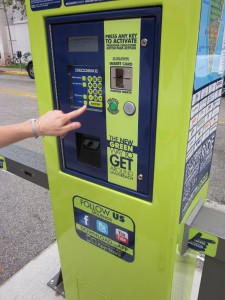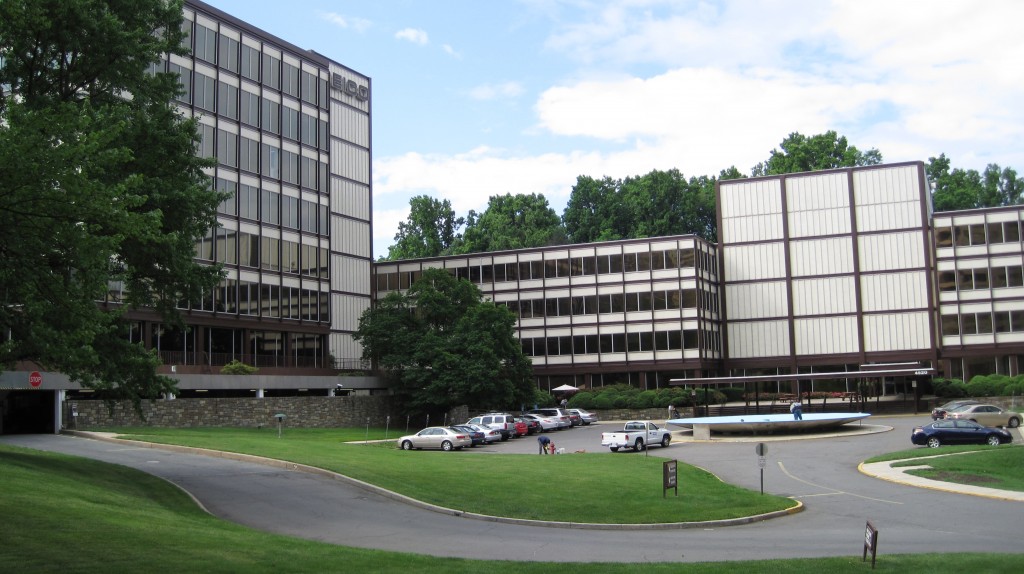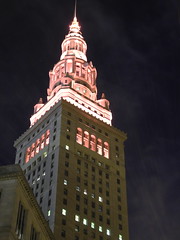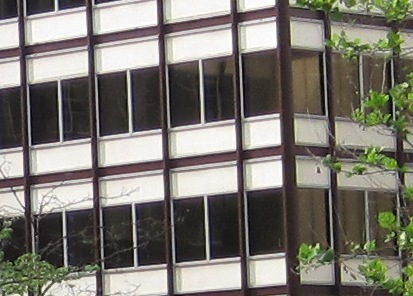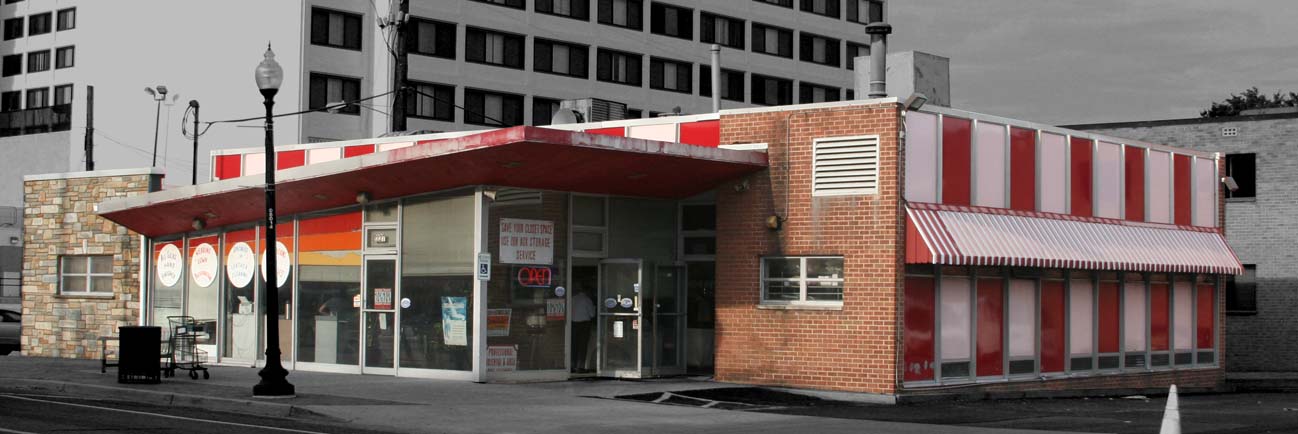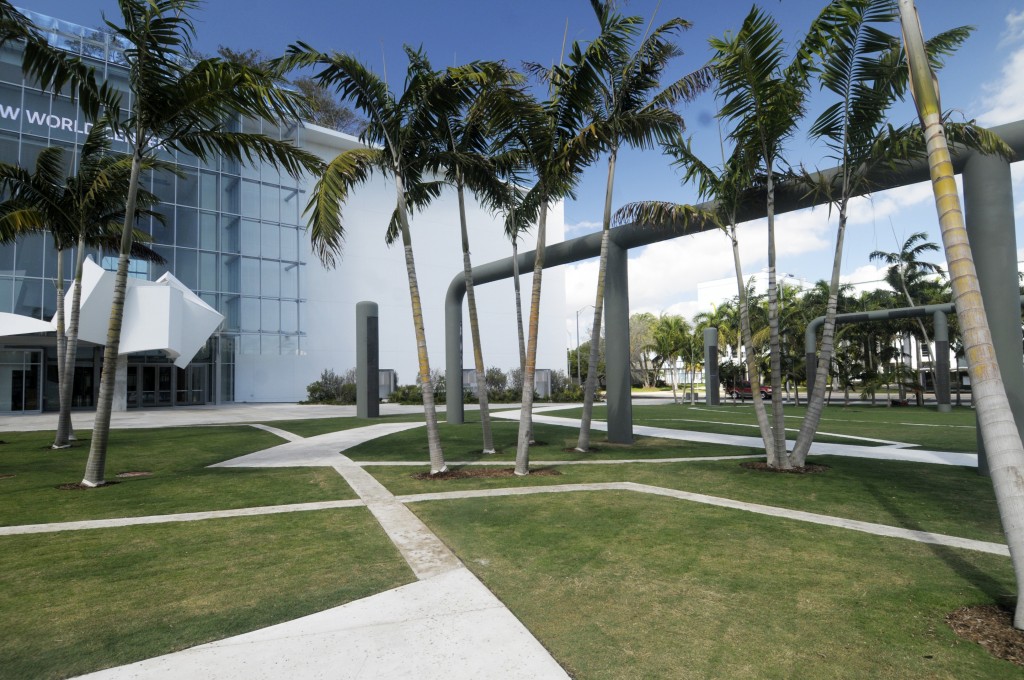
Representatives from the International City/County Management Association (ICMA) and the Environmental Protection Agency recently presented the results of a study, “Putting Smart Growth to Work in Rural Communities”, at the National Building Museum. As we look towards modifications to our zoning laws, it may be useful to summarize some of their findings.
Smart Growth Goals
Economic support of working lands and conservation areas; Investing in assets to make rural towns thrive; and Creating new stable, sustainable neighborhoods and communities.
Defining “Rural”
Simply put, USDA defines rural by what it isn’t – rural areas are not “metropolitan counties”. This course-grain approach, of course, doesn’t help define the differences between and within Montgomery County’s more urban corridors and nodes, its residential … Continue reading
